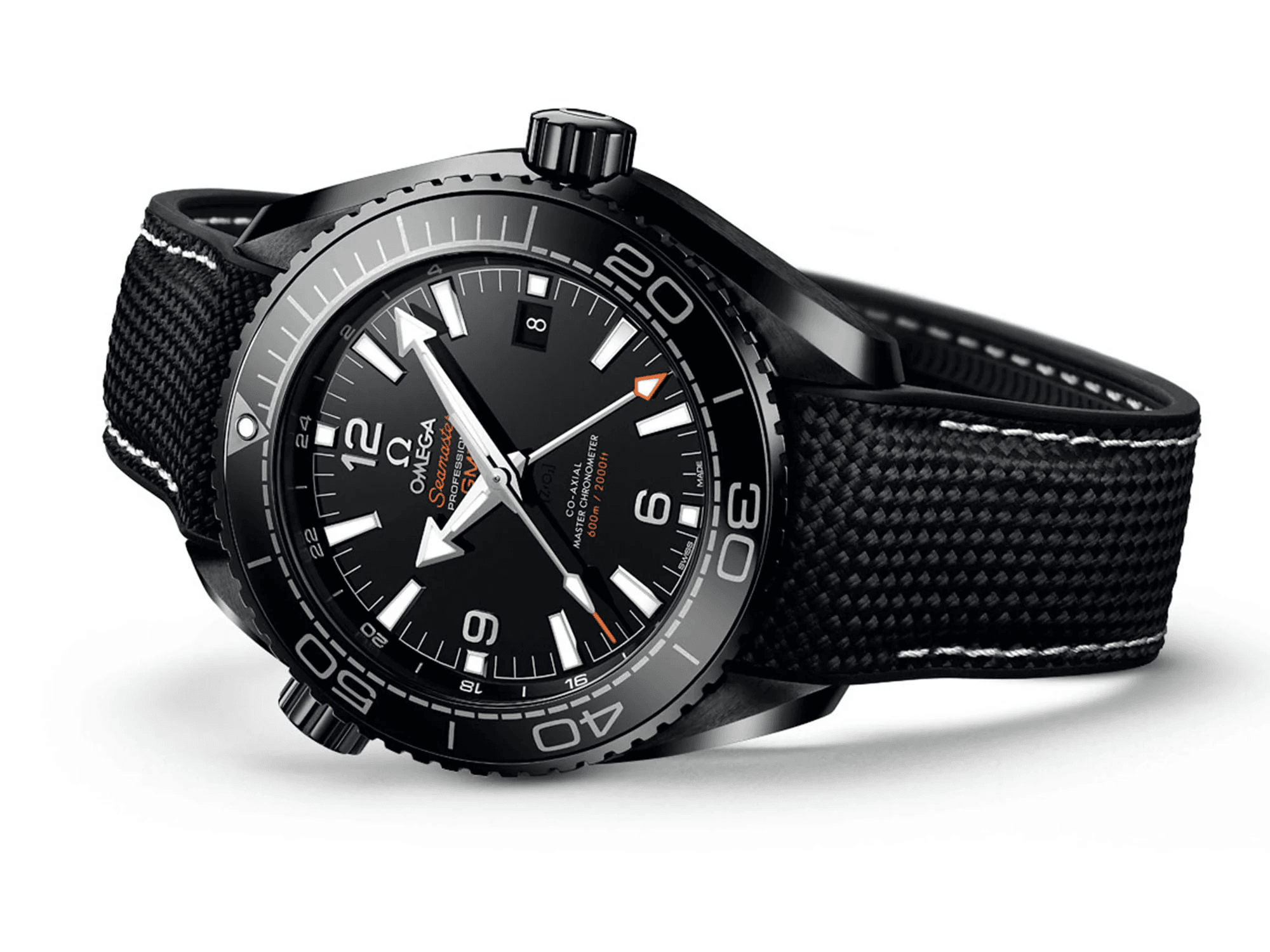GMT Watches
GMT Watches
One watch, multiple time zones.


While the very first dual time and worldtime complications were
created before the advent of the wristwatch itself, the GMT watch as we know it today started
its life in the mid-1950s with the rise of the purpose-built tool watch.
The very
earliest GMT watches were created for professional pilots and featured 24-hour dials, where the
hour hand makes a single complete rotation once per day. By fitting these watches with rotating
bezels marked with 24-hour scales, pilots could easily keep the hands set to GMT time and simply
turn the bezel to display the time in their current location.
The History of GMT Watches

However, within just a few years of the very first GMT
watches making their inaugural appearances, this innovative style of travel-ready timepiece
received a major update in the form of an additional hour hand being added to their dials. Now
fitted with a secondary 12-hour hand, this follow-up generation of GMT watches allowed pilots to
read the time in a traditional 12-hour format without sacrificing any of the GMT capabilities of
their 24-hour dial predecessors.
The next major innovation arrived in the early 1980s,
and it enabled the two hour hands to be set independently from each other. This drastically
alters the functionality of modern GMT watches and enables them to display two different time
zones with just their dials and hands, leaving their rotating bezels free to display a third.
Since the 24-hour bezel is no longer a requirement for GMT functionality, today’s GMT watches
are free to to take on a wide variety of different styles, making this highly useful
complication even more practical than ever before.
The History of GMT Watches
However, within just a few years of the very first GMT watches
making their inaugural appearances, this innovative style of travel-ready timepiece received a
major update in the form of an additional hour hand being added to their dials. Now fitted with
a secondary 12-hour hand, this follow-up generation of GMT watches allowed pilots to read the
time in a traditional 12-hour format without sacrificing any of the GMT capabilities of their
24-hour dial predecessors.
The next major innovation arrived in the early 1980s, and it
enabled the two hour hands to be set independently from each other. This drastically alters the
functionality of modern GMT watches and enables them to display two different time zones with
just their dials and hands, leaving their rotating bezels free to display a third. Since the
24-hour bezel is no longer a requirement for GMT functionality, today’s GMT watches are free to
to take on a wide variety of different styles, making this highly useful complication even more
practical than ever before.

With that in mind, not all watch clasps are the same, and different styles can offer different features and appearances, in addition to significantly impacting the overall fit and feel of your timepiece.

Different Types of GMT Watches
Within the greater category of GMT watches, you will find a number of different approaches to
achieving the same core GMT functionality. The preferred method for many brands is to have four
centrally-mounted hands, with one 12-hour hand and one 24-hour hand. However, you will also find
GMT watches that use rotating discs or even sub-dials for displaying their secondary time
zones.
Even among the variety with four centrally-mounted hands, some have their two
hour hands linked together like the very earliest GMT watches, while others can be independently
adjustable. Furthermore, some allow for independent adjustment of the 24-hour hand, while others
enable the 12-hour hand to be set independently without disturbing the other hands or disrupting
the timekeeping of the watch.
True GMT vs. Office GMT Watches
One of the distinctions between different types of GMT watches that has come up in recent years is that of True GMT watches vs. Office GMT watches. While both models are actually GMT watches with four centrally-mounted hands, a true GMT will let you jump the 12-hour hand backwards or forwards in one hour increments, while an office GMT will allow for independent adjustment of the 24-hour hand and the date display.
Read moreThe Most Famous GMT Watches
The Glycine Airman is often credited with being one of the first known examples of a purpose-built GMT wristwatch, and it debuted in 1953 with a 24-hour display paired with a rotating bidirectional bezel marked with a 24-hour scale. The hour hand only made one full rotation around the dial each day, and by turning the bezel to correspond with the time difference, pilots could easily read a second time zone by looking at the hour hand’s position against the bezel.
Read MoreBuying a GMT Watch
When it comes to buying a GMT watch, there are many different options available and brands continue to produce new offerings each year. Although everyone always wants the best GMT watches possible, what is “best” for one person might not necessarily be best for another with a different lifestyle and different requirements from their timepiece.

Finding the Right GMT Watch for You
The best GMT watch for you is the one that is best suited to your individual lifestyle and budget. For example, someone who frequently travels and always needs to reset their watch when they reach a new destination will likely find a true GMT model most useful, while someone who frequent spends their days communicating with people in other parts of the world but who isn’t actually changing location themselves will almost certainly find a caller GMT watch to be the more practical option.

Finding the Right GMT Watch for You
The best GMT watch for you is the one that is best suited to your individual lifestyle and budget. For example, someone who frequently travels and always needs to reset their watch when they reach a new destination will likely find a true GMT model most useful, while someone who frequent spends their days communicating with people in other parts of the world but who isn’t actually changing location themselves will almost certainly find a caller GMT watch to be the more practical option.
The Formex Reef GMT Automatic
Chronometer 300M
Formex’s own flagship GMT watch is the Formex Reef GMT Automatic Chronometer 300M, which expands upon the core platform of the popular Reef dive watch and its signature interchangeable bezel system. The Formex Reef GMT takes this up a notch with a sapphire display caseback and the ability to simultaneously display three different time zones.














